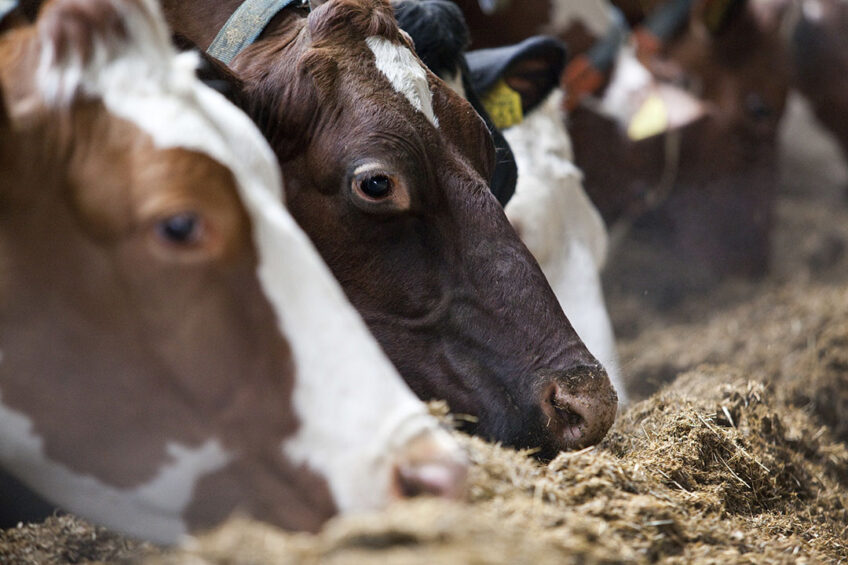Report: Conservation makes dairy farms more resilient

Dairy milk has a place in 94% of American households, yet US dairy is in the fourth year of an economic downturn in which many farmers are struggling to break even. Dairy farmers are experiencing some price relief, but ongoing economic pressures are motivating them to become more resilient.
The economic uncertainties facing the dairy industry include highly variable milk and feed prices, unpredictable farm policies and extreme weather – most notably increased heavy rain events and flooding.
“Most of these factors are out of farmers’ control, but conservation is something farmers can be sure of,” said Suzy Friedman, director of agricultural sustainability at Environmental Defense Fund (EDF) and co-author of a new report, How conservation makes dairy farms more resilient, especially in a lean agricultural economy.
“The overriding lesson learned is that conservation contributes to the economic well-being and resilience of dairy farms,” Friedman said.

Return on investment
The report was a collaboration of EDF, K·Coe Isom, TeamAg, Inc. and four Pennsylvania dairy farmers who opened their books to provide valuable insights on how conservation practices impact farm budgets, and which practices can deliver the greatest return on investment. The report builds off of a September 2018 farm finance and conservation report, also published by EDF and K·Coe Isom.
“The four case studies show how dairy farms of various sizes and budgets have financed different sets of conservation practices with a variety of benefits – many of which the farmers did not realize until they participated in this study,” said Laura Sands, lead principal of production agriculture at K·Coe Isom.
“Too often, farmers miss or don’t quantify the economic benefits of conservation because it’s difficult to connect the agronomic and financial sides of any ag business. Farmers only discover the real value of conservation practices when they can see them in the context of their entire operation and tallied over multiple years, which takes time, expertise and commitment,” Sands said.
Conservation practices and financial benefits
Looking across enterprise budgets, the report found that dairy farmers who adopt conservation practices that impact their cropping systems and dairy herd including manure storage, nutrient management, cover crops, conservation tillage and stream fencing realize a variety of cascading financial benefits such as reduced labour hours, savings on external feed and bedding, and lower vet bills due to improved herd health.
“Pennsylvania and other Chesapeake Bay states are actively working to improve water quality through many of the conservation practices identified in this report, but it’s important to know that these practices pay,” said Chris Sigmund, president of TeamAg, Inc. “This report gives us a roadmap for achieving profitable farms and a healthy Chesapeake Bay watershed.”
“Dairy farmers share a long-standing commitment to environmental stewardship and this report recognizes that we are doing our part to protect the planet’s natural resources,” said Marilyn Hershey, chair of Dairy Management Inc. and a Pennsylvania dairy farmer. “It also demonstrates that no two dairy farms are the same, underscoring the importance of partnerships that identify new practices and technology solutions that come with economic incentives and a positive environmental outcome.”
Sustainable dairy economy
The report offers a number of specific recommendations for increasing financial and technical support for farmers through government programs, tax incentives and other innovative financing strategies.
“Dairy farmers and their supply chain business partners are highly motivated to increase their resilience to unfavorable economic and environmental conditions, and this report provides a path towards a more sustainable dairy economy,” Friedman said.
For a summary of the report’s key findings and recommendations, visit www.edf.org/dairyreport.
(Source: EDF)
Join 13,000+ subscribers
Subscribe to our newsletter to stay updated about all the need-to-know content in the dairy sector, two times a week.










